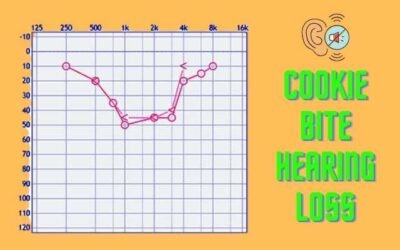BASLP 2nd Semester Notes » Paper 4: Audiology
Unit 3: Pure Tone Audiometry
- Classification of audiometers, Parts of an audiometer, characteristics and specifications of transducers used (earphones, bone vibrators, loud speakers)
- Audiogram- concept and symbols used
- Clinical method of threshold estimation
- Factors affecting air conduction threshold
- Bone conduction thresholds- measurements, factors effecting
- Permissible noise levels in the audiometric room
Cookie Bite Hearing Loss: Reverse | Dementia | Best Hearing Aids
Cookie Bite Hearing Loss: Reverse | Dementia | Best Hearing Aids - "Cookie bite" hearing loss is a distinctive pattern of auditory impairment identified through audiograms, where a characteristic dip or notch appears in the mid-frequency range, resembling the shape of...
What is Hearing Loss and its type?
What is Hearing Loss and its type?: Hearing, or auditory perception, is the ability to perceive sounds through an organ, such as an ear, by detecting vibrations as periodic changes in the pressure of a surrounding medium. Hearing Loss A person who is not able to hear...
What is Pure Tone Audiometry (PTA) Test
What is Pure Tone Audiometry (PTA) Test: Pure-tone threshold audiometry is the measurement of an individual's hearing sensitivity for calibrated pure tones. Three general methods are used: Manual audiometry, also referred to as conventional audiometry; Automatic...
Pure Tone Audiogram: Symbols | Configuration | Interpretation
Pure Tone Audiogram: Symbols | Configuration | Interpretation: A person's hearing capacity is depicted graphically on an audiogram. The most common time it occurs is during an audiometric test, which is carried out by an audiologist or hearing specialist. The...
Follow us on
For more updates follow us on Facebook, Twitter, Instagram, Youtube and Linkedin
Contact us
Contact us for any query related to Audiology & Speech Language Pathology Courses
About us
Contact us for any query related to Audiology & Speech Language Pathology Courses




